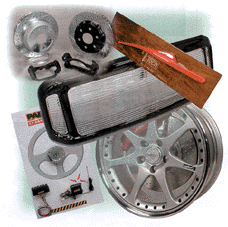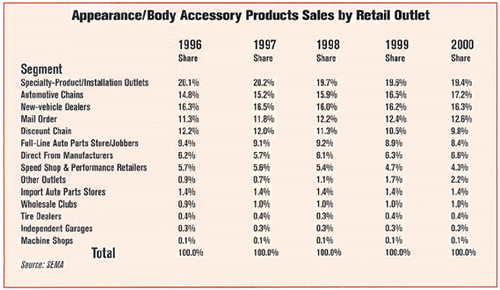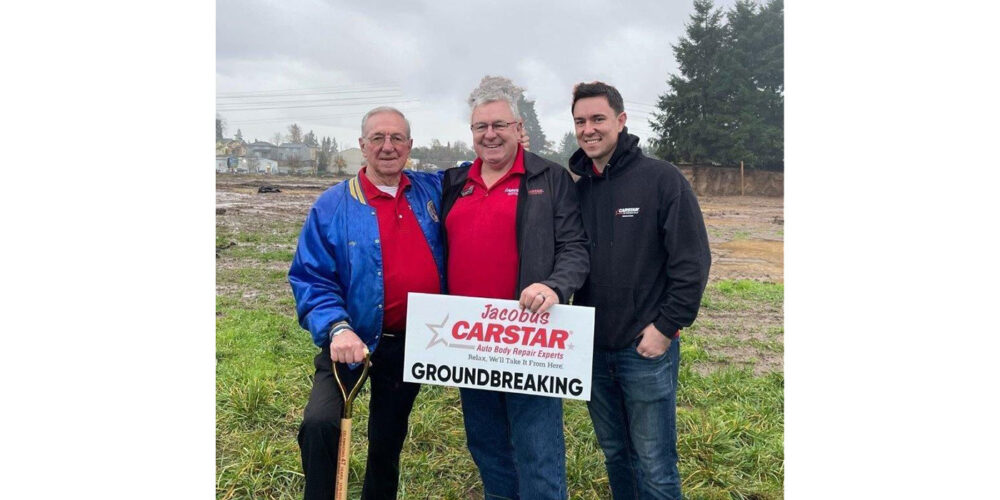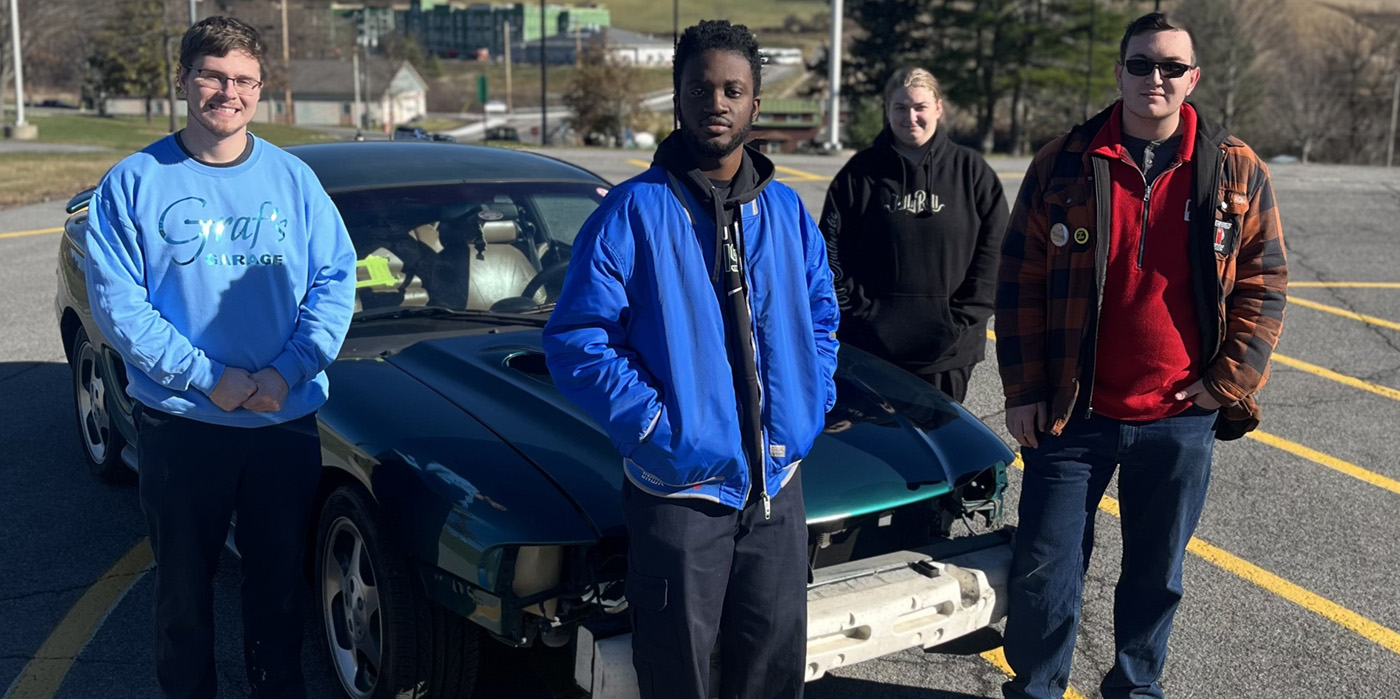
When customers walk through your door, they’re likely not happy to see you: They’ve been in an accident, they’re grumpy and they’re without transportation. And you stand between them and the return to their normal, everyday life. On the other hand, a customer interested in having a grille guard installed on his new SUV will most likely be cheerful, understanding and pay you on the spot for the work you perform.
Sounds like a dream, but it’s definitely a reality – and a growing one at that. According to the Specialty Equipment Market Association (SEMA), manufacturer sales of specialty automotive products reached $8.69 billion in 2000, with retail sales totaling $24.86 billion. That’s right, billion.
But what exactly is the specialty equipment market? It encompasses all products used to modify the appearance or performance of a vehicle. But according to SEMA, what sets the market apart from the rest of the automotive aftermarket is that it’s voluntary. The decision to have a new trailer hitch installed is purely the choice of the vehicle owner. And while a hitch and items like bedliners and racks are functional, they also help to give a vehicle a customized look, which is oftentimes just as important to the owner.
Specialty automotive equipment products can be grouped into three distinct categories: accessories and appearance; racing and performance; and wheels, tires and suspension. SEMA pegs accessories and appearance as “the only segment of products that has shown consistent increases in market share over the years.” The segment’s market share at the manufacturer level rose from 51.1 percent in 1996 to 55.6 percent in 2000. Manufacturer sales in 2000 totaled $4.83 billion.
The items consumers are choosing to have installed on their vehicles run the gamut and include, but aren’t limited to, the following:
- bedliners;
- sunroofs;
- grille guards;
- bumpers;
- bed rails;
- body decals and graphics;
- ground effects;
- cargo racks;
- running boards
- window film; and
- fender flares.
The list goes on and on, encompassing thousands of products. Interior modifications are also included in the restyle accessory market and include items such as wood paneling and leather seating. In addition, some of these products – bedliners, running boards, bed rails – are specific to the light-truck market, which SEMA reports is “probably the driving force behind the growth of appearance/body accessory products.”
Interesting to note, though, is where consumers are buying their accessories – or maybe where they’re not. In a “Place of Purchase Profile” listing market share for retail outlets that sell appearance/body accessory products, “independent garages” accounted for only 0.3 percent of the market share from 1996-2000. Seems that most consumers – nearly 52 percent according to SEMA – buy their accessories at specialty-product/installation outlets, new-vehicle dealers and automotive chains.
Given that SEMA reports that vehicle owners who occasionally buy specialty automotive equipment or accessories spend an average of $932 per year and that automotive enthusiasts (junkies as some people call them) spend more than $1,500 per year, you might want to ask yourself why you aren’t offering accessories. Consumers are going to spend that money. Why not let them spend some of it with you?

Debbie Briggs is managing editor of BodyShop Business.













